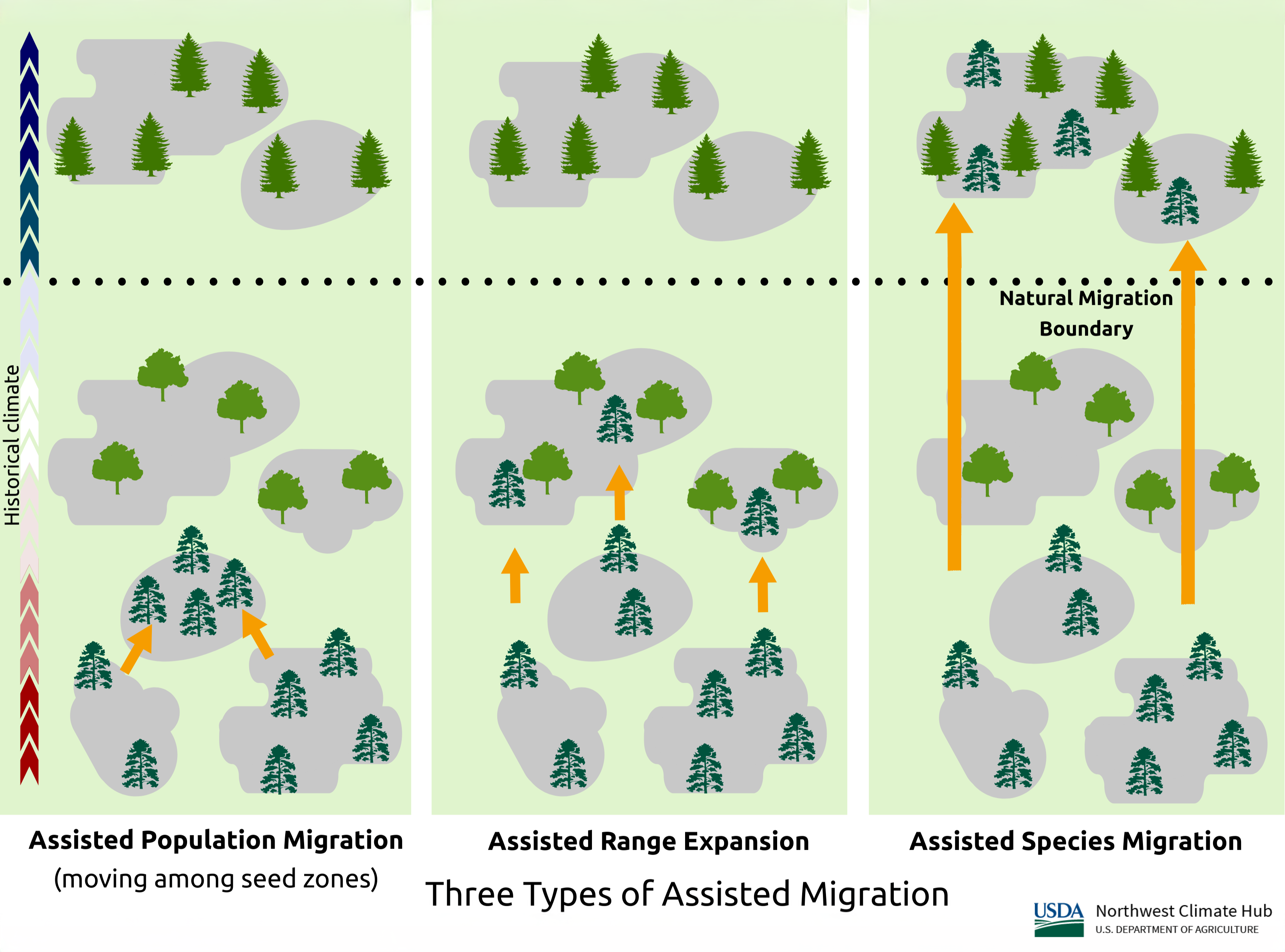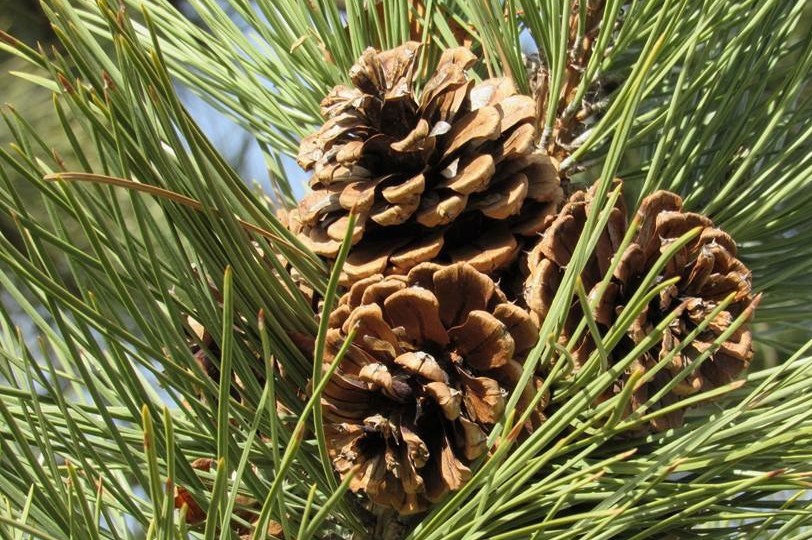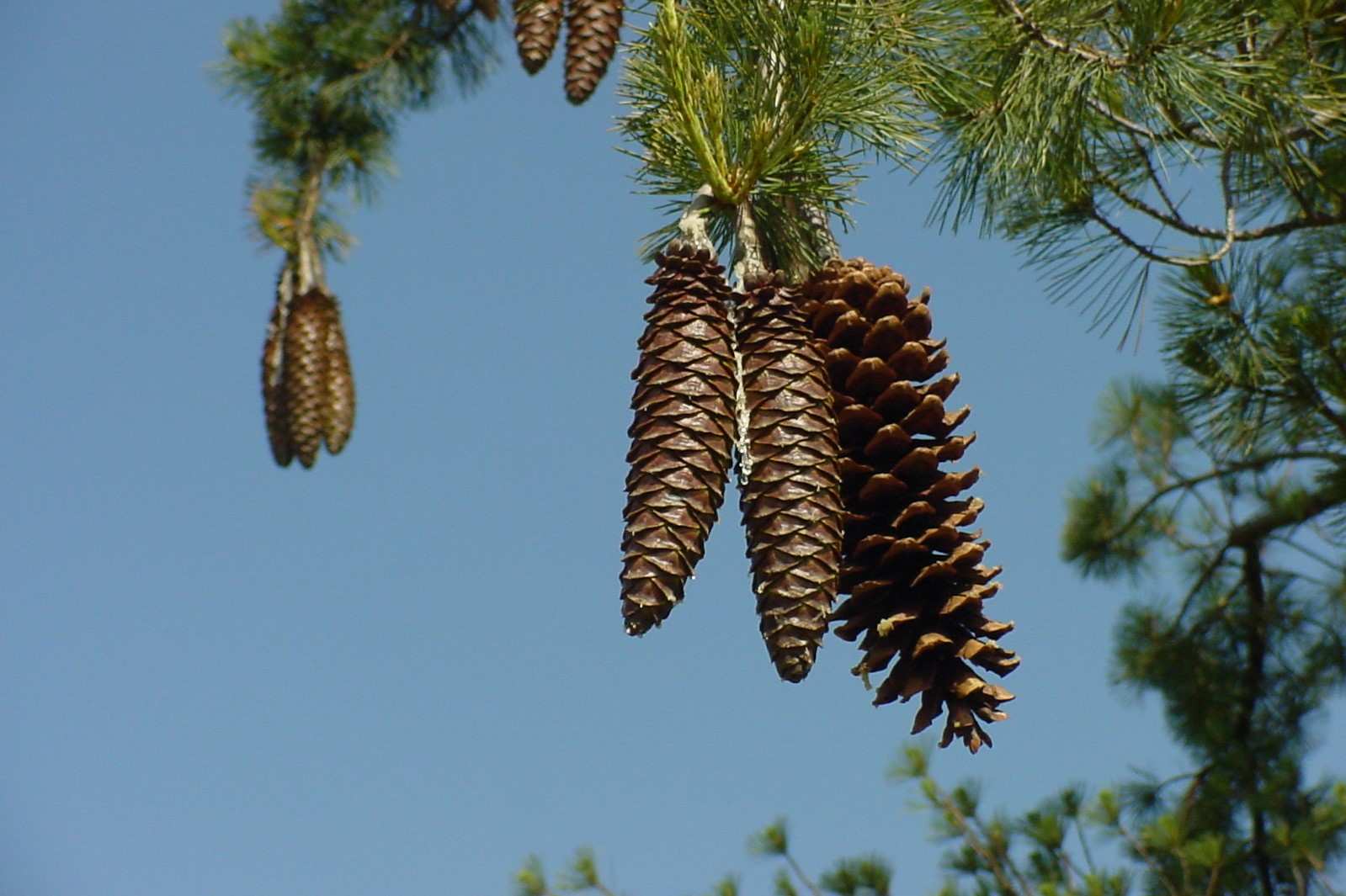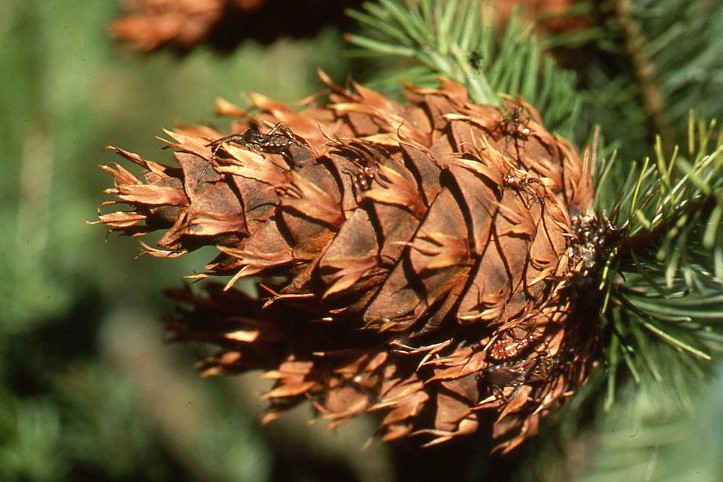After a few years of drought, including extreme droughts in 2015 and 2021, forests are showing signs of drought stress (e.g., scorched leaves and needles, flagging), and some trees have died. Many foresters and small woodlot owners are considering what they can plant that will survive current and future climate conditions. Future climate projections show increases in temperature that may occur faster than plant populations can adapt or move (migrate or disperse). For example, in Oregon, the annual average temperature has already increased by 2.2 °F since 1895. If greenhouse gas emissions are not reduced, the average temperature in Oregon could increase by 5 °F by 2050. To connect these temperatures to plants, consider that the USDA Plant Hardiness Zones, which are used as general guidelines for planting garden and horticultural species, differ by 5 °F per zone. Species-specific seed zones or breeding zones also differ by temperature by about 3.6 °F on average. Across the Northwest and worldwide, projected increases in temperature will result in forest stands that are no longer adapted to local climate conditions. This presents natural resource managers, forest landowners, and forest industry with a significant challenge in making decisions about which trees to plant during reforestation projects.
Assisted migration is receiving increasing attention as a reforestation option. Assisted migration is the human-assisted movement of plants or animals to a new habitat. Assisted migration can be used to reduce negative impacts of climate change because it involves planting trees that are adapted to current and future climates. What many people do not realize is that assisted migration is a general phrase used to refer to three different types of assisted migration:
- Assisted population migration moves seed sources from populations (usually represented by seed zones or breeding zones) to a new location that represents a different seed zone within the species range. Note in the graphic below, movement is occurring among distinct seed zones (grey areas).
- Assisted range expansion moves seed sources from populations (usually represented by seed zones or breeding zones) within the species range to suitable locations that are just beyond the current species range, mimicking a tree’s ability to disperse to this new habitat.
- Assisted species migration moves seed sources from populations (usually represented by seed zones or breeding zones) to locations outside of the species range and farther away than could occur through natural plant dispersal. In this case, help by humans overcomes any natural migration boundary (noted by the dotted line in graphic below). [Assisted species migration is also called species rescue, managed relocation, or assisted long-distance migration].

This simple graphic demonstrates each type of assisted migration using a conifer icon, though the three types of assisted migration are applicable to all plants (deciduous trees, shrubs, etc.). In the graphic, different seed zones are represented by distinct grey areas, and orange arrows represent the movement of plant material from one seed zone (or population) to a new location. In the graphic, the historical climate notes the movement of plant material from warmer climates to historically cooler climates.
General reforestation guidelines
General guidelines when choosing the plant material for reforestation include:
- Consider if natural or artificial regeneration is the best option.
- Many years of low or failed regeneration may indicate the need to plant seeds or seedlings that are adapted to climate conditions.
- Choose plant materials that are suited for current and future climate conditions.
- The Seedlot Selection Tool can help in making this decision.
- Consider planting a mix of species.
- Evaluate current pests and disease issues in the reforestation area, and choose plant materials that tolerate or resist local pests and diseases.
- For example, if laminated root rot occurs in a stand, then avoid susceptible tree species such as Douglas-fir, grand fir, western hemlock, and mountain hemlock. Instead, plant species that are tolerant of laminated root rot (e.g., western white pine or lodgepole pine), resistant to root rot (e.g., ponderosa pine), or immune to root rot (e.g., hardwood species).
- Identify plant materials that have disease resistance (e.g., western white pine that are resistant to white pine blister rust).
- Be cautious in moving inland populations or seed zones to the coast, as these trees may not be resistant to common pests and diseases in coastal areas.
- Refer to species guides in soil surveys of your area.
- Soil surveys are a good source of information on site productivity and soil-site-species relationships, so check the USDA Natural Resources Conservation Service soil survey
- Determine if species are shade tolerant or intolerant, depending on reforestation goals.
Consider changing how you plant material:
- Reduce the number of seedlings planted, and increase spacing between seedlings such that future thinning is not required.
- Use the planting guidelines for the next drier plant association in comparison to the current plant association.
- Consider including large openings in plantings.
- Maintain variability in species and tree architecture in some locations.
- Adjust the timing of planting to maximize soil moisture and precipitation seedlings are initially exposed to after planting (i.e., west of the Cascades, planting in fall versus spring, or avoiding planting during a drought).
- Consider planting fire-tolerant tree species after fire in dry forests.
- Remove competing vegetation and control ungulate browsing to allow for establishment.
Assisted migration trials underway
Experimental Network for Assisted Migration and Establishment Silviculture (ENAMES).
Assisted migration summaries and scientific publications
A Practical Framework for Applied Forestry Assisted Migration is a scientific article that explores a recently developed framework for forestry assisted migration (FAM) to ensure the most important considerations and best available science are utilized by land managers wanting to implement FAM on their land base.
Assisted migration summary from the US Forest Service
Preparing for climate change: forestry and assisted migration in the Journal of Forestry
An explanation of assisted migration for nursery managers and tree plants in the journal: Tree Planters’ Notes.
An overview of ideas, issues and realities of assisted migration for climate change adaptation in forests in the Proceedings of the 60th Annual Western International Forest Disease Work Conference.
Assisted migration poleward rather than upward in elevation minimizes frost risks in plantations in western Canada in the journal: Climate Risk Management.
Assisted Migration Field Tests in Canada and Mexico: Lessons, Limitations, and Challenges in the journal: MDPI. This work share findings from three assisted migration trials that planted seed sources from Oregon, Washington, Idaho, and western Canada in multiple sites in western Canada.
Climate change information
Northwest Climate Hub climate risk management practices
A list of Northwest Vulnerability Assessments for the region, by sector including forestry and by state.
Relevant Case Studies:
-
Northwest Reforestation: choosing plant…
A May 2023 workshop about using assisted migration practices in reforestation.
-
Assisted Population Migration for Forests of the Future in…
This Adaptation in Action profile describes the use of seeds adapted to current and future climates for assisted migration in Washington.
-
Seedlot Selection Tool
The Seedlot Selection Tool assists land managers in considering climate change while planning reforestation and restoration efforts.







